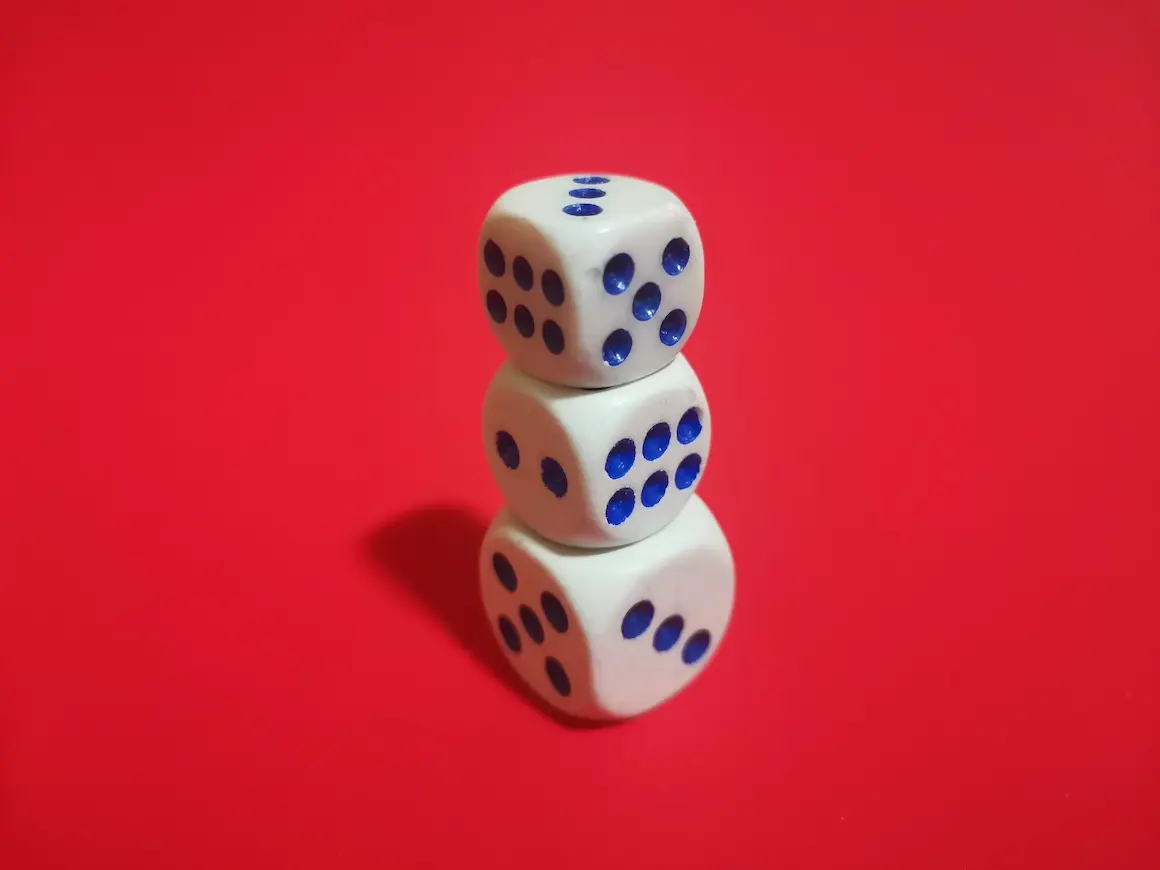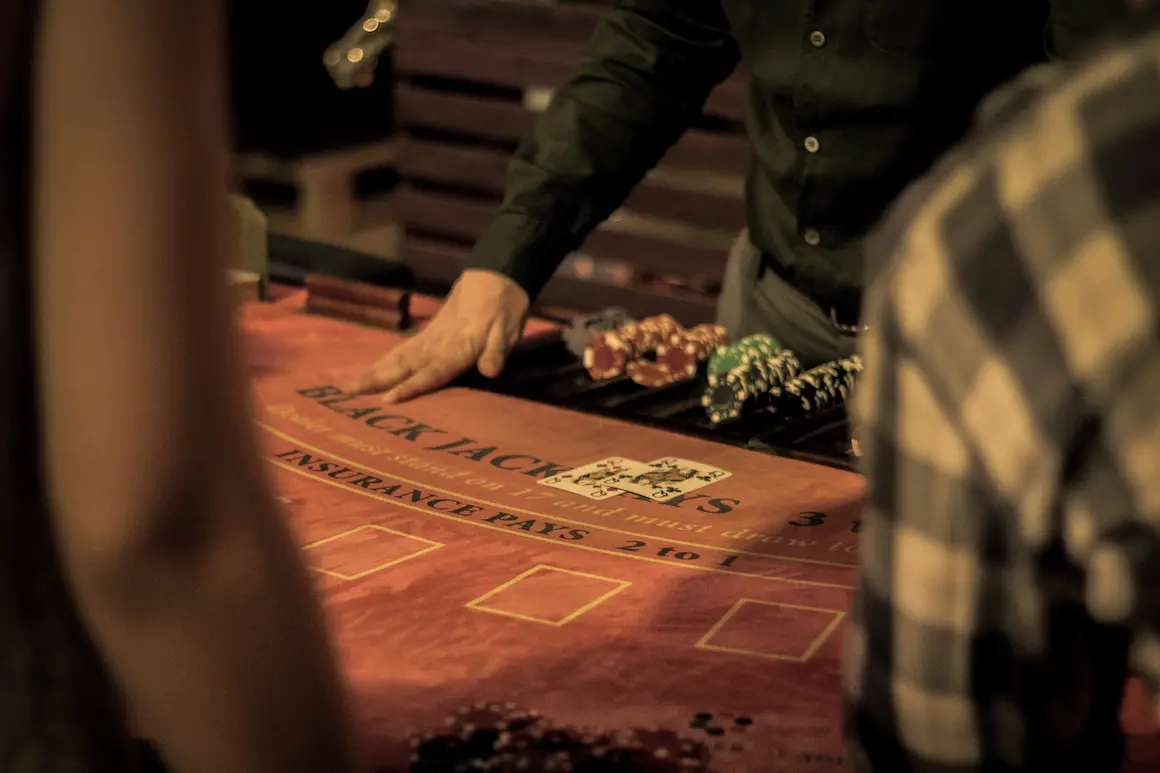 Article Contributors
Article Contributors There isn’t a single bookmaker that doesn’t use margin. In simple words, this margin is a guaranteed profit that the bookmaker makes from each bet. For beginners, this may be an unclear concept, so we’ll try to explain what it is and how bookmakers use it accessibly.
Margin in French means advantage, privilege, or difference. In betting, a margin is a difference that guarantees the bookmaker its advantage. Experienced betters try to perceive it as a kind of commission fee, which is a fairly correct definition.
The margin is built into the coefficients, its size can and will vary due to many factors affecting it, such as the significance of an event. Everyone understands that the bets and odds of the World Cup will be very different from matches in Pakistan.
Bookmakers don’t disclose the margin size in their quotes. The size of the coefficient also changes depending on the margin size. The smaller the margin, the higher the odds. Often, the companies do an advertising trick by lowering the margin on less popular events. Thus, the bookmaker attracts new customers, and the number of bets increases, improving the financial position of the office. By doing this, they increase profits not due to the quality, but due to the number of placed bets.
What’s bookmaker margin?

We’ll explain what margin is using a simple example: there’s one piece of candy and two hands. The task is to guess which of the two hands hidden behind the back contains the treasured candy. There are only two options: either in the right or left hand. If you were to make a bet, then the chances would be 50/50, so the ratio of equivalent outcomes is calculated by the formula 100:50 = 2 (100 per cent divided by 50 per cent equals 2), which means the odds are 2.0 in decimal European rate.
At this stage, it’s clear that the chances of the owner of the candy and the guesser are equal, which, of course, doesn’t suit bookmakers very much. Therefore, the specified coefficient will not be 2.0, but for example, 1.95, which gives the bookmaker 2.0 minus 1.95 = 5 per cent, where 5 is the guaranteed amount that the bookmaker will receive. On the scale at which bookmakers operate, the amounts brought in by margin are very significant.
Betters should carefully monitor margin size and recognise that in a long run, the margin influences financial profit significantly.
Main types of bookmaker margin

There are three main types of values or sizes of the bookmaker’s margin: fundamental, medium margin, and low margin. Russian betting companies mostly prefer to conduct their activities at an average margin. This is what it looks like in numbers:
- Fundamental bookmaker margins, greater than 5 per cent.
- Average bookmaker margin values vary from 3 to 5 per cent.
- Low-margin bookmaker margins, 3 per cent or lower.
Notably, professional bettors don’t like bookmakers with fundamental margins, so their services are often used either by beginners or gamblers who prefer express bets.
There are certain clear signs of a bookmaker with low margins. Such companies are distinguished by high maximum bets, a small number of events with no insignificant ones, a sustainable Live platform without unnecessary changes, and normal ratios that don’t exceed the average value relative to other companies. This is exactly what attracts professional betters.
Those who want to place a bet should choose a company with higher odds for the desired event. The larger the margin, the lower the coefficient itself. And now, let’s talk about how to recognize how high the margin is and how low the rate is.
The formula for calculating the margin in the ratio

There is a special method to calculate the result of an event with two possible outcomes. To do that, use the following formula: (Margin in per cent = 1 divided by the coefficient of the first option + 1 divided by the coefficient of the second option minus 1) times 100.
Now, let’s use a simple example: a duel between fencers Ivanov and Petrov is held, and the rivals are equals, which means that the odds for the victory of any of them will be equal. Say it’s 1.5. We use the formula (1:1.5 + 1:1 .5 – 1) x 100 = 3.33, so the margin for the bet is 3.33 percent, which is the normal average margin.
Often these formulas use three possible outcomes, like in football or hockey (or other sports), where the Whites can win, or the Reds win, or maybe there will be a draw.
E.g.: we use the formula for three possible outcomes; the victory of the Reds with a coefficient of 1.5 in the formula is K1, the victory of the Whites with a coefficient of 5.5 in the formula is K2, and a draw with a coefficient of 4.5 in the formula is Kn.
The formula is (1: K1 + 1: K2 + 1: Kn – 1) x 100, so after substituting the data it becomes (1: 1.5 + 1: 5.5 + 1: 4.5 – 1) x 100 u003d 7.07 percent, which is the margin hidden in the odds for this event. A rather high indicator related to the fundamental values of the bookmaker’s margin, as it exceeds 5 per cent.
More complex bets, such as express bets, are more difficult to calculate. The task of finding a bookmaker with modest appetites is simplified due to the existence of special odds aggregators and betting exchanges. Using them usually requires paying a fee, but they help bettors, especially professional ones.
Summing up, the margin for a bookmaker is a common and very profitable solution for running a business, as well as all kinds of bonuses and incentives that attract customers, which are hunted by the so-called bonus hunters. The amount of this commission varies depending on different factors. The same bookmaker may have a 3.5 or 7 per cent commission for the same event. If you decide to place a bet, try to find the best bookmaker for you, keep a cool head, and listen to the advice of experienced players and very successful cappers.
Try not to get too excited like those mentioned in our article about the most ridiculous bets. Check not only the quality of the bookmaker’s work but also yourself; prepare for the first bets, distribute your bank, and stay on the winning side.




